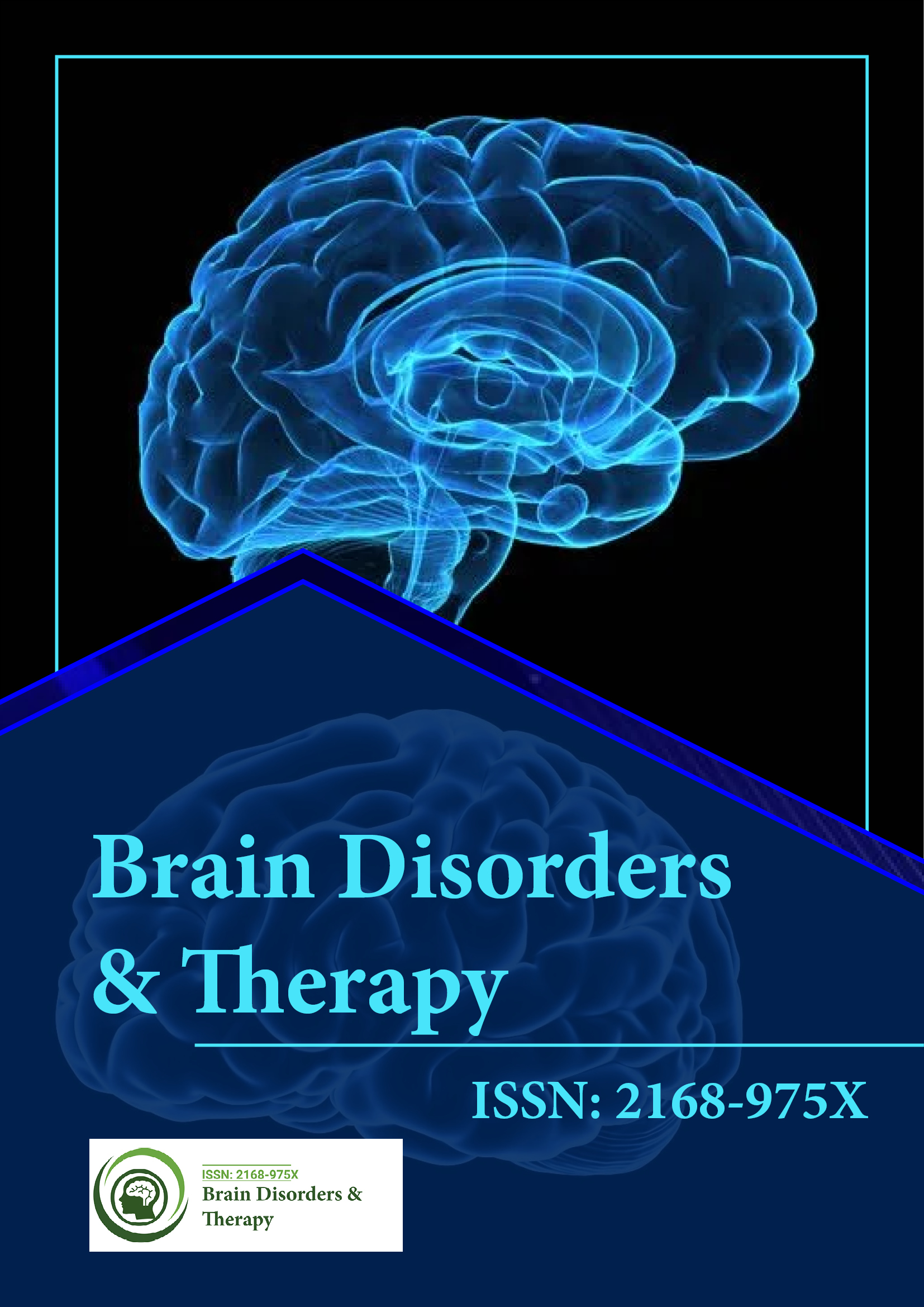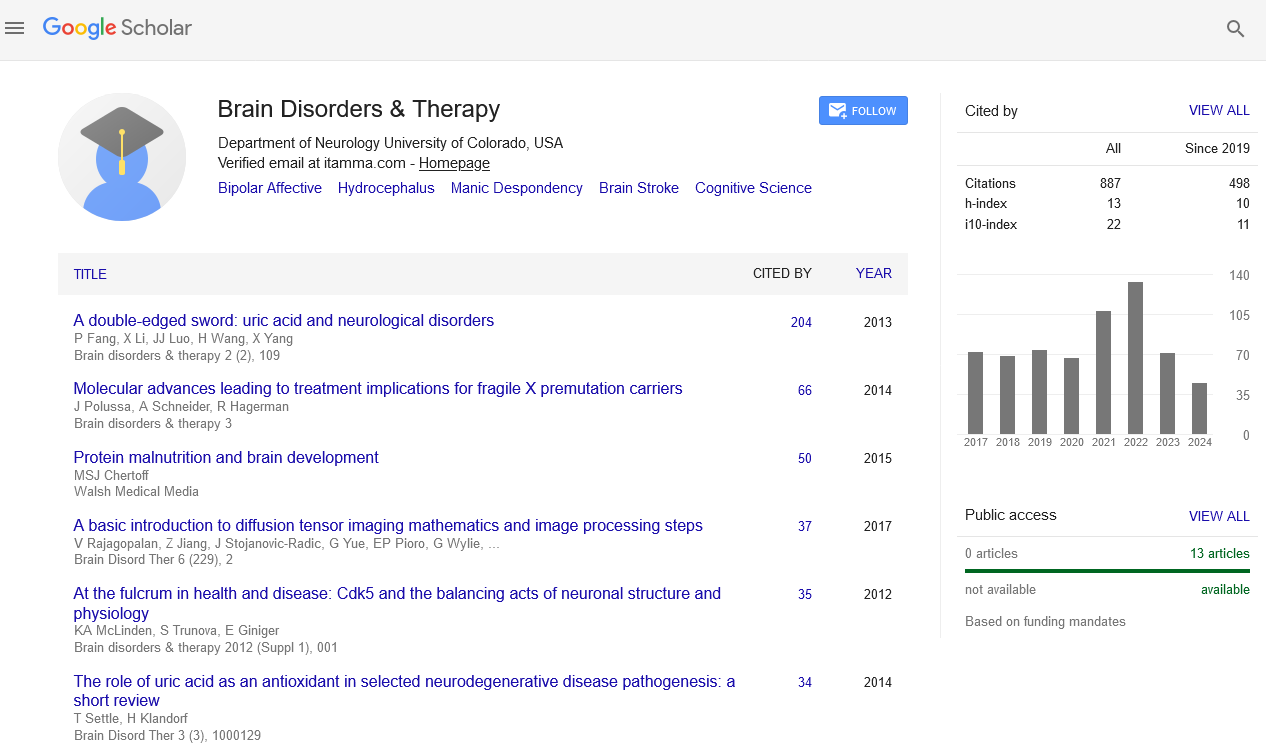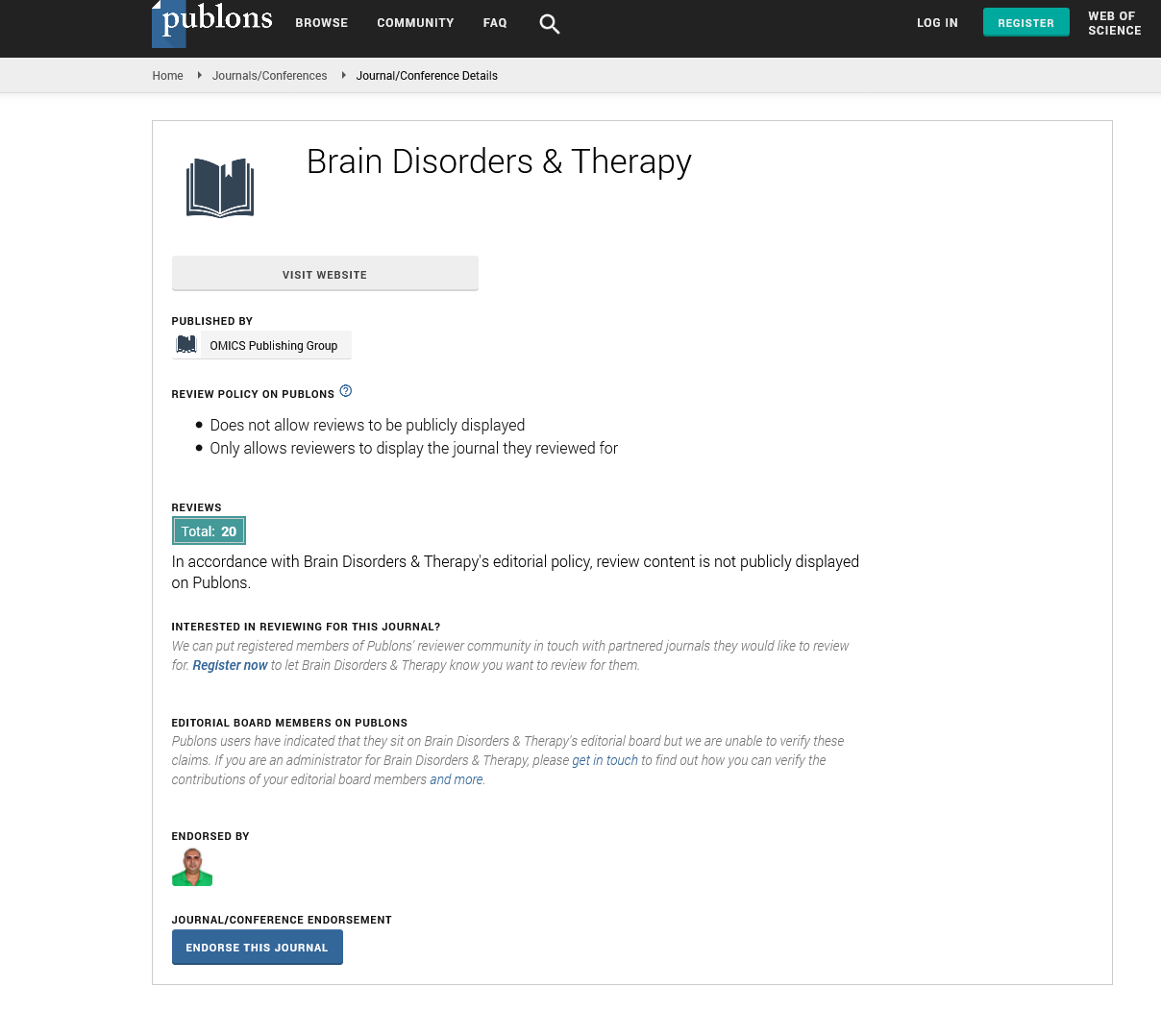Indexed In
- Open J Gate
- Genamics JournalSeek
- JournalTOCs
- RefSeek
- Hamdard University
- EBSCO A-Z
- OCLC- WorldCat
- Publons
- Geneva Foundation for Medical Education and Research
Useful Links
Share This Page
Journal Flyer

Open Access Journals
- Agri and Aquaculture
- Biochemistry
- Bioinformatics & Systems Biology
- Business & Management
- Chemistry
- Clinical Sciences
- Engineering
- Food & Nutrition
- General Science
- Genetics & Molecular Biology
- Immunology & Microbiology
- Medical Sciences
- Neuroscience & Psychology
- Nursing & Health Care
- Pharmaceutical Sciences
A novel approach to prevent Alzheimer, Parkinson and ALS diseases phenotypes in situ and in transgenic mice models using a small peptide derived from cyclin-dependent kinase 5 (Cdk5) neuron specific activator protein, p3
International Conference on Brain Disorders & Therapeutics
August 24-26, 2015 London, UK
Harish C Pant
National Institute of Neurological Disorders and Stroke, USA
Keynote: Brain Disord Ther
Abstract:
Besides the hallmark pathology of amyloid plaques and neurofibrillary tangles (NFTs), it has been now well documented that cyclin-dependent kinase 5 (Cdk5), a critical neuronal kinase in nervous system development, function and survival when deregulated and hyperactivated induces AD and ALS like phenotypes in mice. Under physiological conditions, Cdk5 activity is tightly regulated. The deregulation and hyperactivation of Cdk5/p25 due to neuronal insults and toxicity induces neuropathology. Thus Cdk5/p25 becomes prime therapeutic target for AD and other neurodegenerative diseases associated with the hyperactivation of Cdk5. In order to prevent hyperactivation of Cdk5/p25, we have designed several small peptides of p25 on the basis of Cdk5/ p25 crystal structure and molecular modeling, evaluated for competition with p25 and thus inhibiting selectively the hyperactivity of Cdk5. We discovered a small peptide (p5) comprising of 24 amino acids inhibited Cdk5 hyperactivation. The modified of p5 to TFP5 crosses blood brain barrier (BBB) and was examined its therapeutic role in transgenic AD and ALS model mice. The p25 transgenic AD model (p25Tg) and 5XFAD mice were chosen since these mice show similar phenotypes to AD patients. Post TFP5 injections in p25Tg mice, 5XFAD and ALS model mice displayed significant reduction in Cdk5/p25 hyperactivity, Aβ plaque formation along with behavioral rescue. TFP5 does not inhibit normal Cdk5/p35 activity and therefore has no toxic side effects. In addition, treated mice rescued synaptic dysfunction, neuroinflammation and a reduction in phospho-neurofilaments/tau and neuronal cell death. These results indicate that TFP5 has a potential role as a therapeutic candidate for AD, ALS and other related neurological diseases.
Biography :
Harish C Pant received his MA and PhD degrees in Physics from Agra University, Agra, India. His Post-doctoral studies were conducted on the mechanisms of electron and ion transport in model membrane systems at the Department of Biophysics at Michigan State University. He joined the Laboratory of Neurobiology in the NIMH as a senior staff fellow in 1974 with Dr. Ichiji Tasaki where he studied the function of the axonal cytoskeleton in the squid giant axon. In 1979 he moved to the NIAAA extending his studies on the neuronal cytoskeleton and the effects of alcohol on its regulation. He moved to the NINDS, Laboratory of Neurochemistry in 1987 where he is presently Chief of the section on Cytoskeleton Regulation. His laboratory is studying the mechanisms of topographic regulation of neuronal cytoskeleton proteins by post-translational modification, including the role of kinase cascades in normal brain and during neurodegeneration.
Email: panth@ninds.nih.gov


